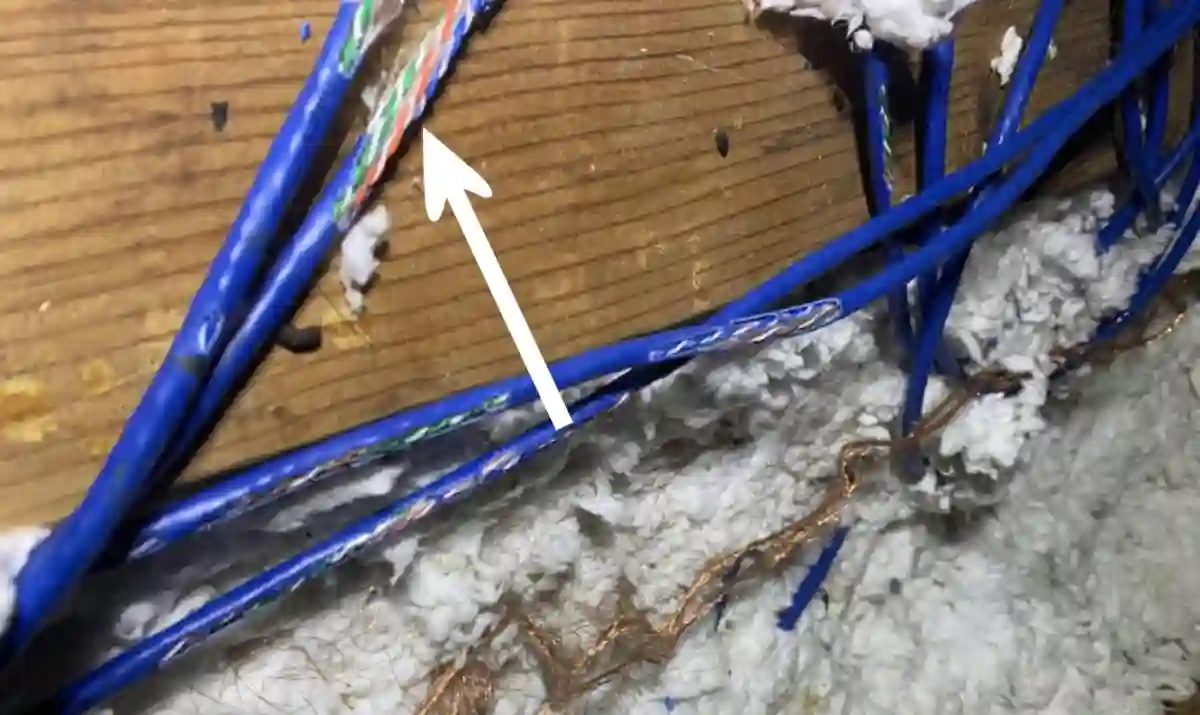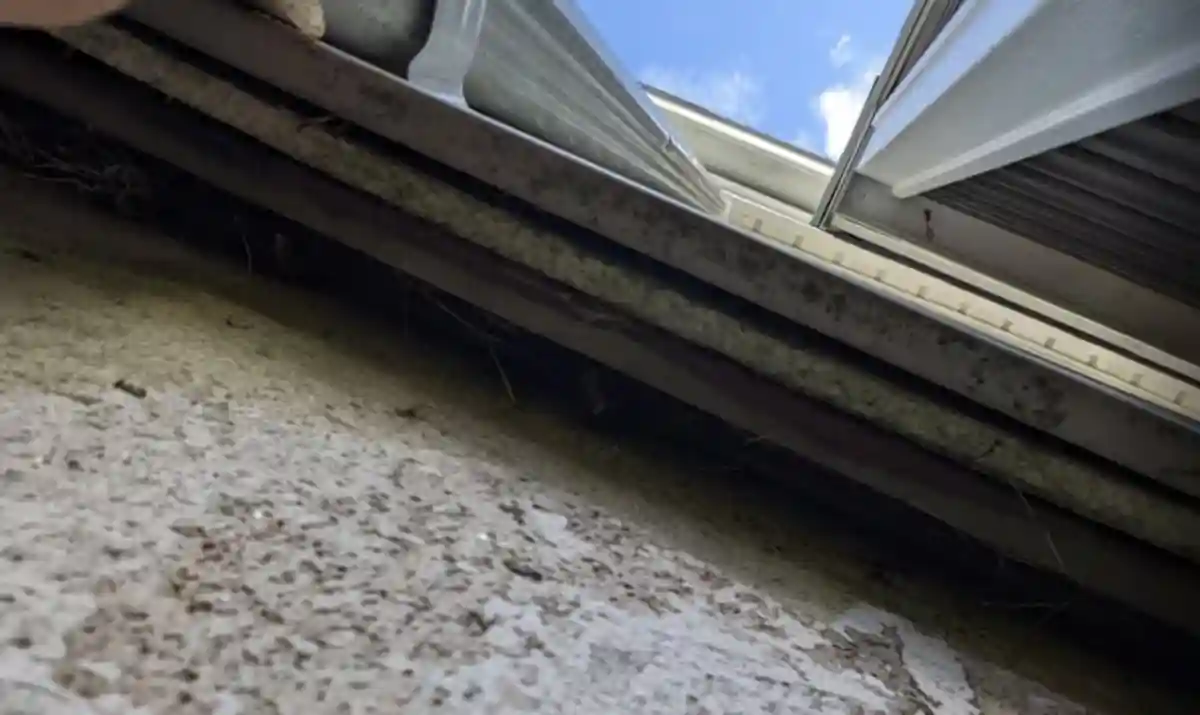Found mouse poop but no mouse, is there a mouse lurking around? Well, not seeing a mouse in your house doesn’t mean there are none. Fortunately, many signs will let you know whether you have a mouse problem or not.

Found mouse poop but no mouse
If you found a mouse poop/dropping but no sight of a live or dead mouse, it could be lurking around, perhaps in the next room. Besides, mice mostly operate at night, so you may not see them by day.
Not everyone knows what mouse droppings look like, however, it’s necessary to know what it looks like before concluding that it’s mouse poop you found. Mice poop are typically small dark pallets, about one-eighth to one-quarter of an inch long, with pointed ends. You should find the droppings around the food area, in cupboards, and under the sink. Since the openings are tightly closed, you might not think that they are droppings, and so mistake them for food particles.
Take a flashlight and check behind cabinets, under furniture, and appliances to see if you can find the poop. If you do spot the dark pellets, you have a mouse around. If the pellets are plenty, then that could be where the mouse is nesting. That said, what can be mistaken for mouse droppings? Rat poop is closely similar to mouse droppings, so it can be difficult to tell them apart without a careful look. Moreover, rat droppings are found in the same places as mice. However, the major difference is that rat poop is bigger simply because rats are bigger.
Why do I see mouse poop but no mouse? Mice are typically active in the evening and at night. If you see mouse poop but no mouse, it could mean that the infestation is just starting.
Can you tell how many mice you have by droppings? The truth is that mice poop a lot. In one day, mice can produce between 50-75 droppings. Thus, you can tell how mice you have by droppings. If you see many droppings in your home, you likely have an infestation. Therefore, seeing just one dropping or two droppings suggests you only have one mouse, or an infestation is just starting. It’s also possible that it could be a pregnant mouse, meaning you’d be talking about multiple mice in a few weeks if you do nothing to get rid of them.
Also, fresh or dry mouse droppings suggest how long you’ve had the pest in your home. If the droppings are fresh, the mouse recently entered your home. If dry, you’ve had this unwanted guest for a long time now, and it may be breeding a family already.
Of course, apart from the poop, there are other signs you need to look out for to know whether you have mouse presence or not.
Chewed stuff and movements
Know what the rodent likes eating because that is what makes your home attractive to them. Mice eat everything and anything they can find unless it’s far from their reach, and they eat all the time.
These pests are quite sensitive with a great sense of hearing, smell, taste, and touch. Mice are also very good at climbing, they easily run up rough vertical surfaces, including trees. They don’t only run along your floor but they also climb wires, and ropes and can jump more than a foot from the floor onto a flat surface like a table or counter with ease.
A tiny crack or just a quarter of an inch is enough space for a rat to get through. According to the CDC, mice can fit through a hole the width of a pencil (1/4 in or 6 mm in diameter).
Thus, if you notice any visible sign of their presence, it’s possible that they are lurking around your house.
Mice are rodents—their teeth never stop growing and sharpening, and as such, they continue to chew on things to wear down the teeth. Therefore, chew marks on items in your home, and outside droppings, are a sign that you have a mouse in your home.
If mice persistently gnawed through your walls, you will probably see or hear them run to and fro from their nest in search of food and water. If you suddenly see holes in your cereal box or drywall or spot shredded paper that you know nothing about, it’s a sign you have a mouse or mice around. The shredded paper is evidence that mice are building their hideout somewhere around your home.
Mice nesting materials
Unlike a bird’s nest built with twigs and materials birds collect outside, mice build their homes out of scrap material. Usually, they use paper, cloth, cupboard, wood sticks, and softer items like fabrics, stuffing from mattresses and pillows. This perfectly constructed nest of theirs gives them comfort and also serves as a hideout from predators like cats, dogs, and humans.
The newborn mice are kept in this nest, where they spend their first few days depending on their mothers for survival. Their nest is more like a ball, with a hole in it and easy access in and out. It also provides a soft and safe place for mice to have their litter.
One nest can have about five mice in it—they give birth at an alarming rate. Experts claim that female mice reproduce eight litters a year and each litter amount to about six little pups.
Thus, just one mouse nest could be a source of an infestation. Leaving a nest could be dangerous, and it is undoubtedly bad for you and your household which could result in a health hazard.
Mice bite evidence
Rodents have very long incisors, most of the time you will be left to wonder if they will come after you while chasing them, but they won’t, they will run as fast as they can for safety. This is different because most times, they prefer to be unseen.
A mouse will bite you if it feels threatened, but this can only occur if you tried touching them. The fact that their teeth are usually long and sharp, leaves a mark when they bite.
A mouse bite is not only hurtful but also harmful and exposes you to infection. Mice are disease carriers, they carry different diseases like hantavirus, Lassa fever, leptospirosis, lujo hemorrhagic fever, lymphocytic choriomeningitis (LCM), and more. Getting bitten by a mouse is not the only way the disease is transferred to humans. Breathing in a contaminated space with their urine, feces, or nesting materials can also transmit the viruses.
How do you tell if all mice are gone?
The same way it’s difficult to tell if mice have moved in is how challenging it can be to tell when all the mice are gone. Below are things to look out for:
1. No live mice in sight
Mice are nocturnal and try to avoid open places. When u see them running through major areas of your home, the infestation is becoming alarming.
Not seeing a mouse in the house but droppings only doesn’t mean that there are no mice. Nevertheless, if you had seen a mouse before, but don’t see it anymore, this simply means that your efforts are becoming effective.
2. No more chewed damages
Despite their smallish nature, mice can cause expensive damage. They leave behind urine, feces, oily marks, and wall scratches and gnaw through wood, plasters, and other materials.
The damages caused by mice can be easily spotted, but it is usually tough to spot a mouse. In cases where there is no damage, it suggests no mice are lurking around.
3. No mouse droppings
One of the signs of mice is their poop. Usually, mice leave droppings on the wall edges. As mentioned earlier, the average house mice can deposit about 50-75 pellets daily.
Older droppings are usually hard and dry while fresh ones are moist. Thus, if you don’t spot any new droppings, the mice are gone, at least for now.
4. End of wall scratching noise
Mice get a lot of comforts when they stay in void spaces behind walls, they get to make a whole lot of noise and run around, mostly at night. If you can send them away completely, you will no longer hear their noise.
5. No more stinking smell
Mice mostly communicate with their urine socially and also for the purpose of reproduction. Once their offensive smell starts vanishing, the mouse attraction will reduce. It’s also evidence that no more mouse is lurking around.
What to do if you find mouse droppings
Removing mice completely from your home can be demanding. Depending on how severe the infestation is, it can take some weeks or even months to complete the process for accurate results. Usually, the best action is to contact an exterminator. Before then, you could do the following:
Place mouse bait
Mice are quite generous among themselves. That said, if you bait them with food like peanut butter, they will take some back to the nest where there are other rodents. However, the poisoned bait method can be dangerous for pets if they eat dead rodents. Meanwhile, here’s an explanation if your peanut butter won’t trap mice.
Set mouse traps
It’s easy to identify where mice live because they don’t travel far from home. Using traps provide a quick way to kill and easily dispose of dead rat (depending on your type of trap though).
Mice often move along corners of walls. If the walls are perpendicular, place traps uprightly, so the pest can easily trigger it and get trapped. If your trap is not working but the bait is missing, here is what to do if bait keeps missing from the mouse trap.
Mouse-proof
Apart from getting rid of the mice completely from the inside, you can also take preventive measures for future reoccurrence. Mouse-proofing your home has two key strategies:
- Maintaining good sanitation
- Blocking all potential mice entry points
Mice can survive on just four grams of food a day, making every small amount look like a feast. When mouse-proofing your home, you will need to remove loose food, crumbs, and residue. Store all food in glass or heavy plastic bags as mice can penetrate cardboard and plastic.
Block all openings larger than a quarter-inch. Close all holes around pipes, do not forget to seal cracks in the foundation, and ensure that all windows and doors are tightly sealed. Helpful mouse-proof barriers to use include steel wool and metal screens.
Conclusion
Exterminating mice from your property can be difficult but not impossible to do. If you don’t want to invest the time and resources trying to control mice problems yourself, it is best to contact a pest control agency. These professionals will help eliminate the rodent problem and put in place control measures that keep them from returning too quickly.






